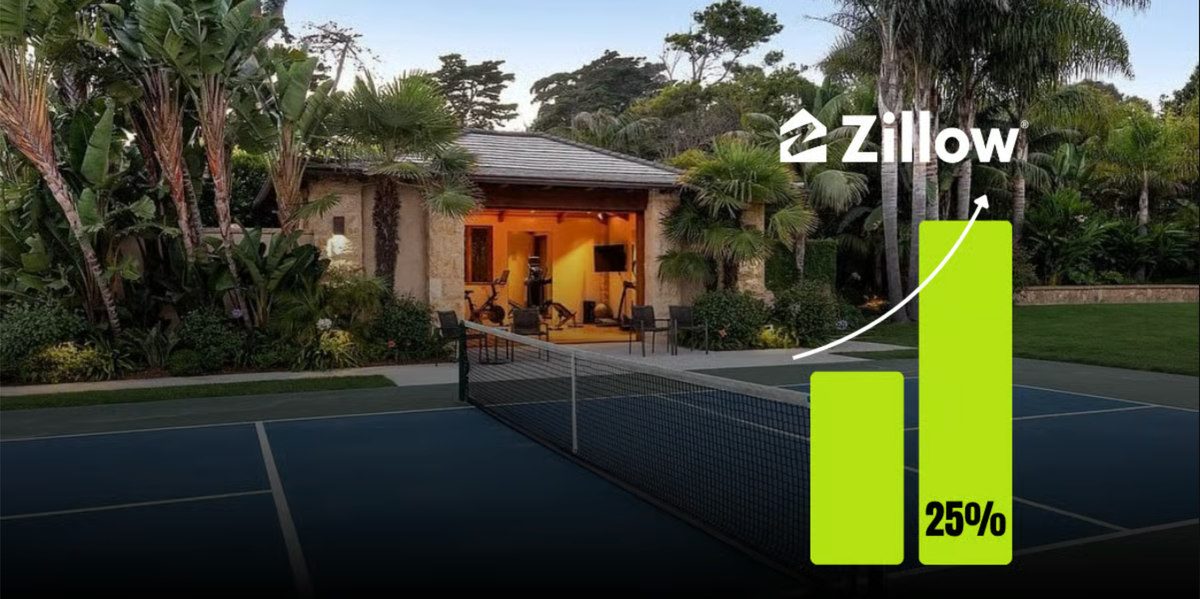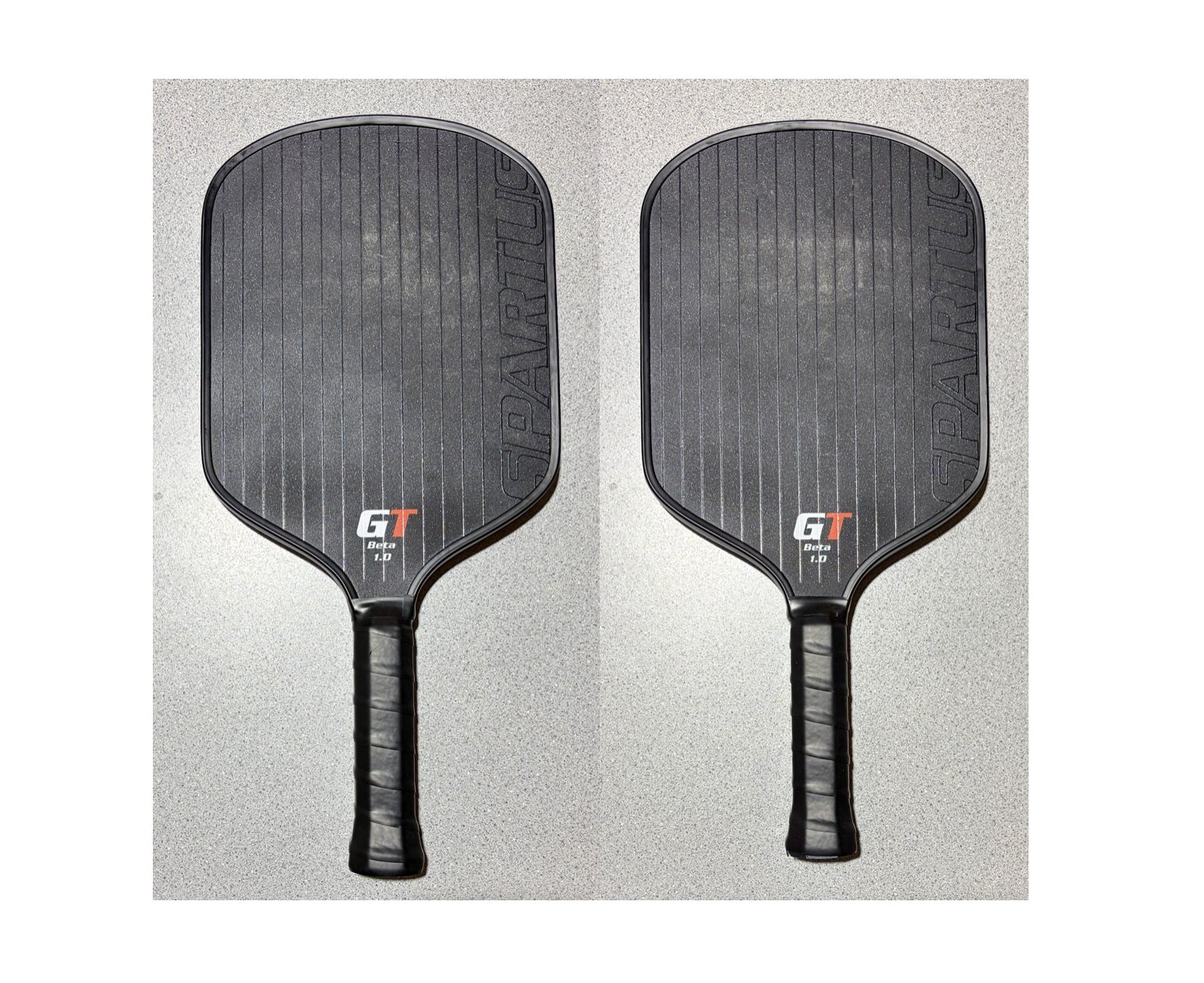
ThatPickleballSchool

Hey guys, it’s Kyle from ThatPickleballSchool. Imagine this: your partner hits a dink that goes wide. The moment you realize it’s going wide, you see the opportunity for an ATP (Around the Post) shot from your opponent. Don’t panic! ATPs are defendable if you follow two key steps. Let’s talk about how to turn what seems like an unstoppable winner into a blockable ball, regaining control and winning the point.
Step 1: Recognizing the ATP Opportunity
We’re going to imagine a doubles scenario where I’ll play both roles—Kyle One and Kyle Two.
Kyle One is dinking back and forth, and at some point, he hits a wide dink. Now, Kyle Two (his partner) needs to be constantly looking out for a potential ATP. If you’re Kyle One and you realize your shot is going wide, you should immediately communicate with your partner by saying, “Watch it!” This signals that an ATP might be coming.
What often happens is that players watch the ATP happen and just stand there. They don’t react in time, and then they get frustrated with their partner. Here’s how to prevent that mistake.
Step 2: Move Diagonally Instead of Laterally
The moment you recognize that your shot is wide, you need to anticipate the ATP and react immediately. Your first move should be what I call “Drop Diagonal.”
Most players react by simply moving sideways. However, that reduces the time and space you have to react to the ATP shot. Instead, you should drop back at a diagonal angle (figure 1).

Top players like Riley Newman do this exceptionally well. When he notices a potential ATP, he doesn’t just step to the side—he drops diagonally backward, creating more time and space to block the shot. Sometimes, he even takes a big step further back to get a better position.
So, if Kyle One hits a wide dink, Kyle Two should immediately move diagonally backward, increasing their chances of defending the shot successfully.
Step 3: Drop Your Paddle
Along with moving diagonally, you should also drop your paddle down (figure2).

Here’s why: if you keep your paddle up high, like you would at the kitchen line, you’ll likely be out of position for the ATP defense. Most ATP shots are hit low and fast, so you need to have your paddle ready at a lower position.
If the ATP shot is unexpectedly high and goes out, you can just duck and let it go. But most of the time, the ball will be low, and dropping your paddle early makes your movements more efficient.

Bonus: Where to Block the ATP Shot
Now, let’s talk about what happens after you successfully block the ATP shot.
Usually, after blocking, your opponent’s partner will come over to cover. Most players instinctively block the ATP shot down the line, but top players like Thomas Wilson take a different approach—they return the ball cross-court.
Why is this effective?
- Your opponent’s partner is out of position. Blocking cross-court makes it much harder for them to react in time.
- Targeting the backhand. Most players’ backhand putaways aren’t as strong as their forehand putaways, giving you a better chance to stay in the point.
So, the ideal sequence looks like this:
- Recognize the wide dink.
- Drop diagonally and lower your paddle.
- Block the ATP shot cross-court to keep your opponents scrambling.
Think you know pickleball inside and out? Challenge yourself with ThatPickleball IQ Test and see if you can score a perfect 10 out of 10!
Related Articles:
Anuncie Aqui / Advertise Here
Sua marca para o mundo Pickleball! / Your brand for the Pickleball world!

 English
English  Spanish
Spanish  Portuguese
Portuguese  German
German  Italian
Italian  Japanese
Japanese  French
French  Polish
Polish  Russian
Russian  Netherlands
Netherlands  Hungarian
Hungarian  Turkish
Turkish  Videos
Videos  Pickleball Portal
Pickleball Portal









 English (US) ·
English (US) ·  Portuguese (BR) ·
Portuguese (BR) ·